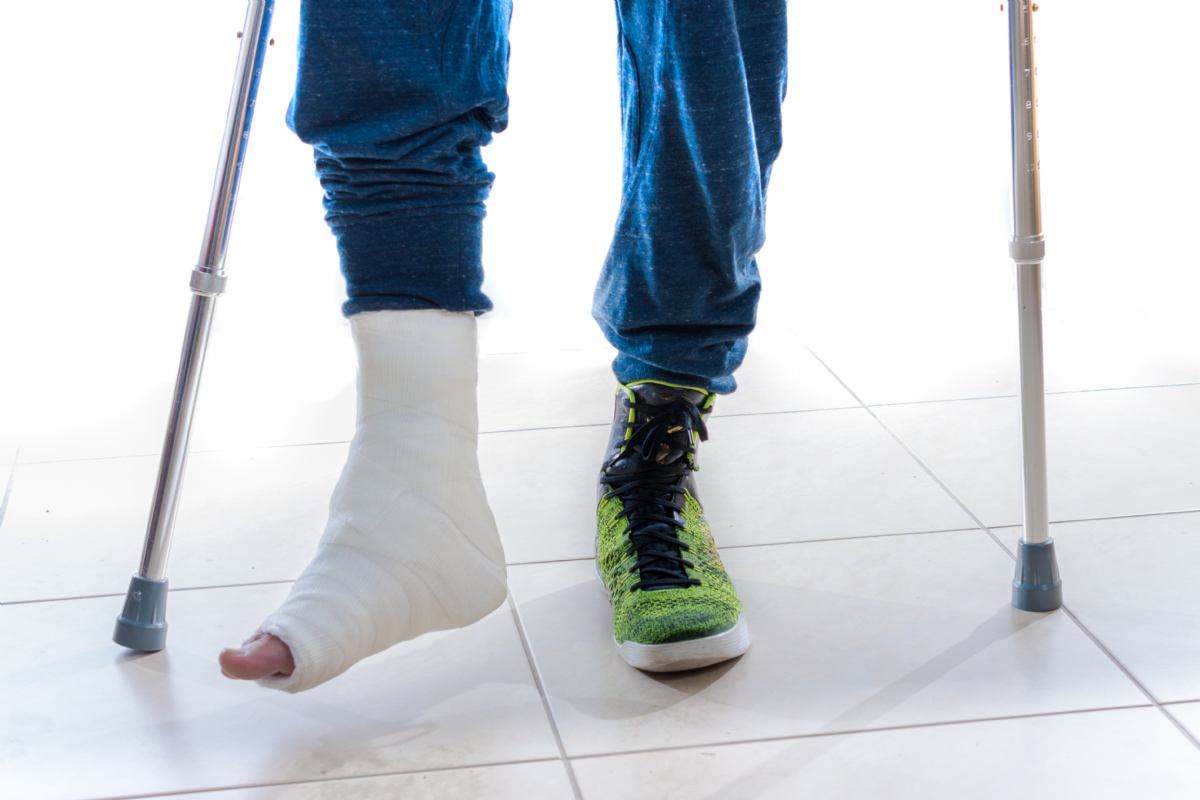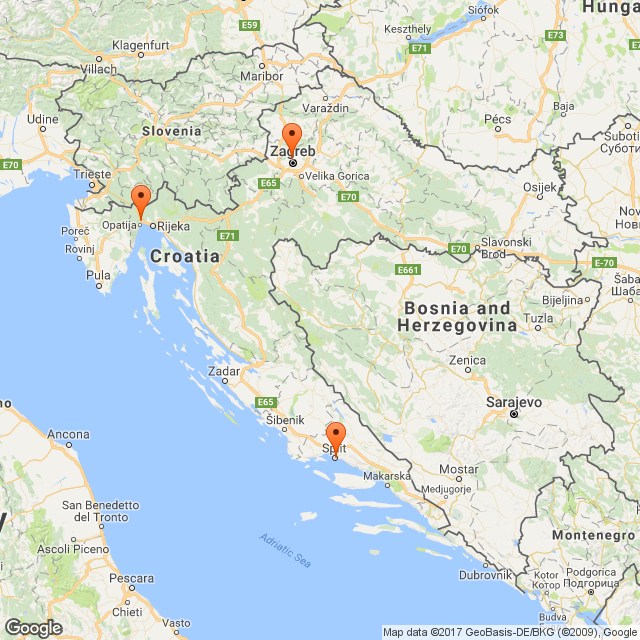Treatment of fractures, nonunions (pseudo-arthrosis, false joints) and unions

Conservative fracture treatment provides good results in certain fractures in children and in adults unless there is a substantial shift in fragments. There are two basic methods of conservative fracture treatment: immobilization (plaster cast, splints or orthoses) and functional treatment (for compression or squeezed fractures) with an early mobilization of the adjacent joints and by relieving pressure/weight with the use of crutches or splints. In the treatment of fracture by immobilization (plaster cast) the so-called "fracture disease” develops in the injured part of the body part and its adjacent joints – an inflammation that affects the bones, muscles and joints and results in degeneration of muscle tissue and reduce mobility of adjacent joints (contractures). Following the completion of conservative treatment of fractures a longer physical therapy is necessary, in order to restore the function of the affected joints and to strengthen muscles. Treatment in such cases may be prolonged from a few months to a year or longer. In the majority of fracture cases in children, nonsurgical treatment is generally favoured.
SURGICAL FRACTURE TREATMENT
Surgical fracture treatmenthas its advantages, as well as disadvantages. The disadvantage is that the patient must undergo a surgical procedure, which implies the operative/postoperative risks. Modern medicine has considerably reduced operative risk, so that surgical treatment of fractures can be suggested to patients as a safe method of treatment.
- With surgical treatment, ananatomic(ideal) position of the bone fragments can be achieved, which is especially important inarticular fractures. If the position of the bone fragments in the articular fracture is not perfect, there is a permanent progressive damage to the articular cartilage –arthrosis.
- During surgical procedure, bone fragments are connected by implants, whichenable an early mobilization of adjacent joints(limbering up), mobility with aids (crutches) and a fast integration in the daily life of moving, perform the personal hygiene, performing minor tasks, swimming, limbering up the joints.
- In surgical treatment of fractures, thefracture diseasedoes not develop.
- Total treatment time is significantly shortened, because maintaining the joint functions and muscle strength (RHB) progress concurrently with the fracture healing.
DISORDER OF BONE HEALING
Disorders of bone healing are possible both with surgical and conservative treatment. Their causes can be different, e.g. disturbance of the bone fragments, disorder of circulation and/or inflammation. In cases when the fracture does not heal in the allotted time, a detailed analysis is done. It is required to follow the course of the previous treatment (earlier X-rays), to expand treatment (laboratory tests, CT, MRI, scintigraphy) and determine the cause of impaired bone healing. After that, the treatment plan is suggested and the results the patient can expect are based on the proposed treatment.
- A union fracture causes not only permanent function damage, but also presents a potential threat to the future function of the joints of the affected limb. In the case of badly coalesced fractures with a disorder of the axis, it comes to the development of a posttraumatic osteoarthritis in adjacent joints. For example, poorly healed fractured thigh leads to progressive damage to the hip, knee and ankle joints and often causes pain in the spine.
- Unions can be treated successfully by surgical correction of the disordered axis, extension of a shortened bone and increasing the flexibility of the affected joints.
- With these procedures, which belong to reconstructive surgery, the function of the injured extremities can be considerably improved, disability reduced and the development of posttraumatic osteoarthritis decelerated.

